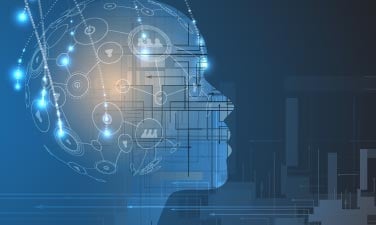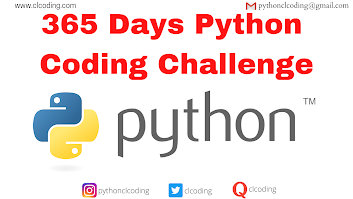In Machine Learning System Design Interview: 3 Books in 1 - The Ultimate Guide to Master System Design and Machine Learning Interviews (2025), you won’t just learn about ML system design—you’ll master it. Designed for both beginners and advanced learners, this comprehensive guide takes you on a journey through foundational principles, advanced techniques, and expert-level interview preparation.
Whether you're a software engineer, data scientist, or an aspiring ML practitioner, this guide provides everything you need to tackle machine learning system design with confidence and precision. From understanding the basics to mastering the art of system optimization, this resource is your ultimate companion for success in the competitive tech industry.
It is a comprehensive resource aimed at individuals preparing for machine learning (ML) system design interviews. This book consolidates foundational knowledge, advanced methodologies, and targeted interview strategies to equip readers with the necessary skills to excel in ML system design interviews.
Key Features:
Foundational Knowledge: The book provides a solid grounding in machine learning principles, ensuring readers understand the core concepts essential for system design.
Advanced Techniques: It delves into sophisticated methodologies and approaches, offering insights into complex aspects of ML system design.
Interview Strategies: The guide includes practical advice and strategies tailored to navigate the nuances of ML system design interviews effectively.
Here's a Sneak Peek of What You'll Master:
Book 1: Foundations of Machine Learning System Design
Core ML concepts and system design principles.
Data management, model training, and deployment strategies.
Building scalable and reliable ML pipelines.
and so much more...
Book 2: Advanced Machine Learning System Design
Deep learning architectures and NLP systems.
Recommender systems, anomaly detection, and time-series models.
Implementing MLOps for streamlined model delivery.
and so much more...
Book 3: Mastering the ML System Design Interview
Interview preparation strategies and problem-solving frameworks.
Real-world case studies and advanced interview techniques.
Tips to confidently navigate high-pressure interview scenarios.
and so much more...
Why This Book?
Comprehensive Coverage: Learn everything from foundations to advanced ML system design.
Practical Examples: Gain hands-on experience with case studies and real-world problems.
Expert Insights: Prepare for interviews with proven techniques and strategies.










.png)
.png)
.png)
.png)
.png)

.png)



.png)








































